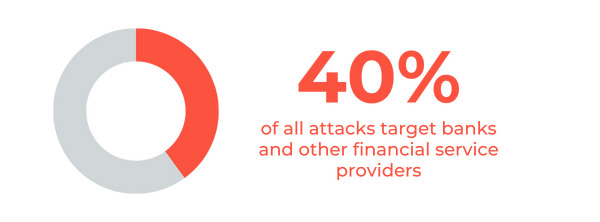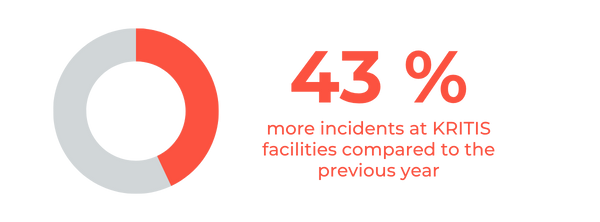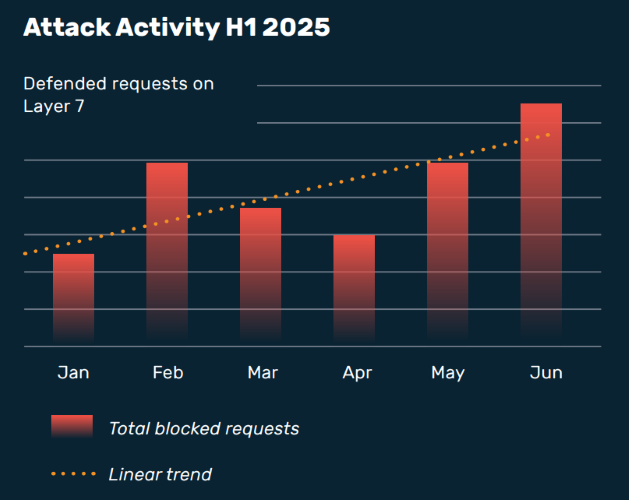Discover how Myra combines digital sovereignty and cyber resilience.
Home>
Cybersecurity Report H1 2025
Key Insights at a Glance
Prof. Dr. Kipker, cyberattacks repeatedly demonstrate how vulnerable digital infrastructures in Germany still are. In your opinion, what are the biggest challenges in defending against cyberattacks, such as DDoS?
We must bear in mind that defending against DDoS attacks has long been more than just a technical issue – it's about supply chains, compliance, liability, and digital sovereignty. This is because defending against overload attacks – for example, through traffic analysis and filtering – requires service providers to look deep into data traffic and intervene. This entails not only technical risks, but also significant compliance risks. This is particularly true when personal or business-critical data is involved.
As a company, I have to ensure that the service providers I use are trustworthy and comply with all regulatory requirements in order to minimize liability risks and guarantee system availability. The basis for this is clean risk management, on the basis of which the service provider is thoroughly checked via due diligence.
Prof. Dr. Specht-Riemenschneider, in recent years, Germany's dependencies in areas such as health, energy, and IT have become increasingly apparent. How can these dependencies be reduced and Germany's sovereignty strengthened?
The dependencies are often known, but are addressed too late or not with the necessary consistency. A key reason for this is that economic efficiency and short-term cost savings have long been a priority, while strategic resilience and digital sovereignty only come to the fore in times of crisis.
Digital and technical sovereignty requires forward-looking digital and industrial policies that specifically strengthen European technologies and infrastructures. This means investing in key technologies such as cloud computing, AI, and semiconductors that embody European values. But it also means greater European cooperation to leverage economies of scale and strengthen our ability to act through pooled demand.
In addition, regulatory frameworks must be designed in such a way that they enable innovation that complies with fundamental rights without creating new dependencies. In short, we need less reaction and more strategic foresight.
How the Threat Report can help you
Use the data, analyses and forecasts in the report

Recognize risks
Find out which dangers threaten your business.

Derive measures
Recognize the potential of holistic protection solutions.

Close gaps
Implement tailor-made solutions to protect your digital assets.

Build resilience
Use the business continuity you gain as a competitive advantage.







